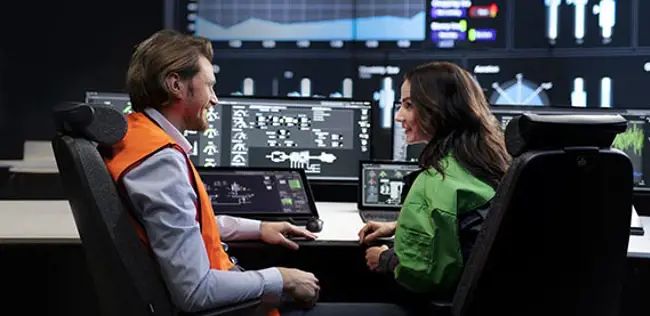The highest level of automation through integration of visions and solutions
Jun 10, 2016
The fourth production line at the Neste Porvoo refinery, for which Valmet Automation delivered the control system, started up in summer 2007. This automation project was so far the most extensive at the Porvoo site, and included a great deal of development related to quality and safety. A clear vision based on the strong automation know-how at the Porvoo site had an important role in the planning and implementation of a system, which features the highest level of automation.
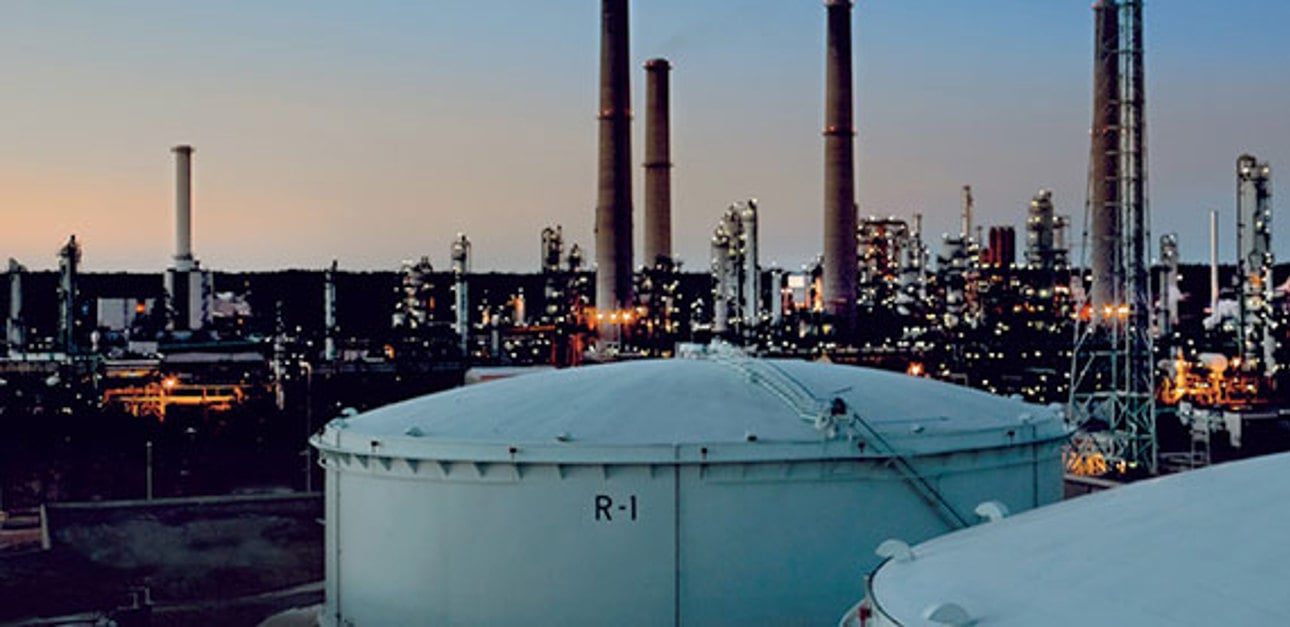
The new production line enables to better utilize heavy fuel oil in production of sulphur free diesel. Several product development projects that targeted operator interface, diagnostics and system interfaces were included in the project, which was started at Valmet Automation in 2004.
The project was very extensive, with a total of 20,000 hours used for design, planning and testing. It covered two automation systems and nine safety systems. The great extent of the delivery is demonstrated by the delivery scope: 10,000 loops, 50 operator and maintenance monitors and more than 100 system cabinets.
Fluent operation with a high level of safety
Ari Aitolahti, Refinery Automation Manager at Neste Porvoo says that the project offered a number of challenges related to the delivery scope and automation solutions. “The wide range field equipment offered an extra challenge for the condition monitoring. Process pressures and temperatures are very high and substances in the process foul the equipment easily.” Condition monitoring utilizes HART technology, which enables communication from the condition monitoring equipment to the control room. Profibus provides a high amount of data from the electrical equipment for the operators as well as maintenance personnel.
A modern, reliable safety system was one of the many development issues. “It represents a totally new state-of-the-art generation, and the implementation ensures quick and secure operation. It is separate from the automation system through separate measurements and valves, but it is also integrated in the operator interface level.”
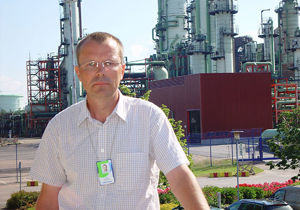 |
”The Valmet team was persistent, and saw through that the toughest problems were solved,” says Ari Aitolahti, Refinery Automation Manager at Neste Porvoo |
Development for the benefit of many customers
Several development ventures were realized during the project in order to develop and tailor new solutions to meet the specific requirements of the Neste diesel plant. Heikki Tanner, Chief Engineer at Valmet Automation points out that the customer’s vision and results of the development ventures, offer important benefits for the processes of other Valmet Automation customers as well. “Considerable improvements were implemented together with Neste during this project. By answering the challenges related to the demanding control loop configuration, we were able to realize the top level control expertise of Neste Jacobs.” Neste Jacobs was in charge of the project planning and implementation to Neste.
Ari Aitolahti is satisfied with the reliability of the Valmet Automation system: “The availability seems to be at a good level. The system is reliable and there have been no disturbances.” He gives special credit to the Valmet Automation project team: ”The Valmet team was persistent, and saw through that the toughest problems were solved.”
The diesel process is controlled via one main control room, which is located approximately one kilometer from the process. As a result of the development work, the user interface is much more efficient than earlier. As many as six screens can be connected to one operator station, giving a good overall view of the process status with all of them operated through one keyboard and mouse. Ari Aitolahti underlines that this cannot be done in all automation systems.
High level of safety via complete diagnostics and instructions
The process alarms and alarm philosophy were improved. Communication from field equipment to the control room user interface improves the condition monitoring a great deal. Informative, clear diagnostic displays enable efficient process monitoring and maintenance. Ari Aitolahti says that cross operation between separate process areas was implemented well. Instructions and application descriptions can be quickly retrieved from the system. Linux, in addition to Windows, brings added safety to the system operation.
A win-win case
The development ventures implemented during the project offer possibilities in other process areas. “The solutions delivered to the Neste Porvoo plant are important steps, a remarkable part of which have already been applied to other projects in different operating environments. They will certainly act as a good base for innovations needed to answer the challenges of future automation,” Heikki Tanner says.
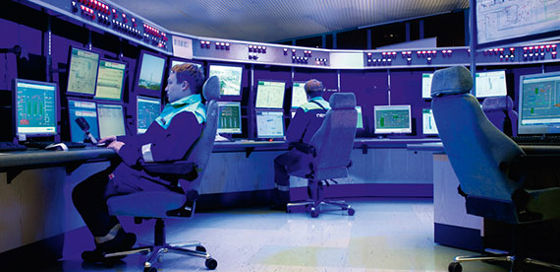 |
| As a result of the development work, the user interface is much more efficient than earlier. |
Integration skills are valuable
Jouko Rantala, Project Manager at Valmet Automation, stresses that wide technical know how is especially needed in large projects like this. “The IT business develops at a high speed. That is why automation suppliers need to act as integrators, delivering solutions and components but also taking responsibility for the application work, making everything fit and work as needed”.
Supply met the demand
Ari Aitolahti is satisfied with the cooperation of the project teams. “We succeeded well in matching our visions. Valmet Automation product development helped in incorporating the new required features into the system. Through discussion, we could find solutions that work in the way we want and ensure the dependability of the system. The cooperation could best be described by the words ‘fair play’. Communication between Valmet Automation, Neste Jacobs and Neste Diesel teams was open and honest. When it came to problem solving, Valmet Automation product development provided valuable technical support”. He says that in general, the project progressed on good terms and he is happy to notice that also now, in the final straight, when the project is being taken into production, the support still continues strong.
Attitude and life cycle stage were decisive
The automation system supplier’s preparedness and willingness to develop various system features during the project were very important factors in the choice of supplier. Ari Aitolahti says that quite a few issues affected the decision: “From our point of view the Valmet Automation system is at the correct stage of its life cycle. It is modern and therefore fits our requirements, but there is lots of experience from the operation for us to be assured of its reliability and suitability for our purposes. We were also impressed by Valmet Automation's willingness to commit. We had an opportunity to meet some of the project people already before choosing the system supplier so we knew communication with them would work. Valmet Automation also provided demo equipment to Porvoo so we could test the system properties well in advance. All in all, Valmet Automation took this project very seriously.” The close location of Valmet Automation maintenance services in Helsinki and Tampere ensures quick technical back up, which is important to Neste.
Transition from the project planning and implementation phase to operation presents a whole set of new challenges. “Development of our own skills is at the top of the list, and there too, Valmet Automation will assist us by providing training,” Ari Aitolahti says.
For more information:
Kari Karppinen, kari.karppinen at valmet.com
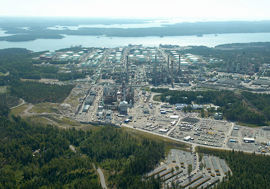
Neste: A developer of cleaner fuels and oil products
The Neste Porvoo refinery is located on the South coast of Finland, approximately 20 kilometers from Porvoo towards Helsinki. The location is along the export route of Russian crude oil. Approximately 2200 people work in the area, which also includes a large tank farm, harbor and technology center.
Neste research is a forerunner in the development of new, cleaner fuels and oil products. The Neste processing plants produce all important oil products for industry, transports sector and energy production. The production capacity is 11,000,000 tons per year.
A fourth production line was built in the Porvoo plant during 2003-2006. It enables the utilization of heavy fuel oil in the production of sulphur free diesel. The new production line started up in the summer of 2007.
The operations of Neste Corporation cover oil processing, sales and marketing, sea transport and engineering. The Porvoo and Naantali processing plants produce gasoline, diesel fuels, heating oils, heavy crude oils, air fuels, bunkers, base oils, bitumen, solvents, LPG, lubricants and components of liquid fuels used in traffic. The corporation employs a total of 4,700 people. The shares of Neste Oyj are listed on the Helsinki Exchange.
